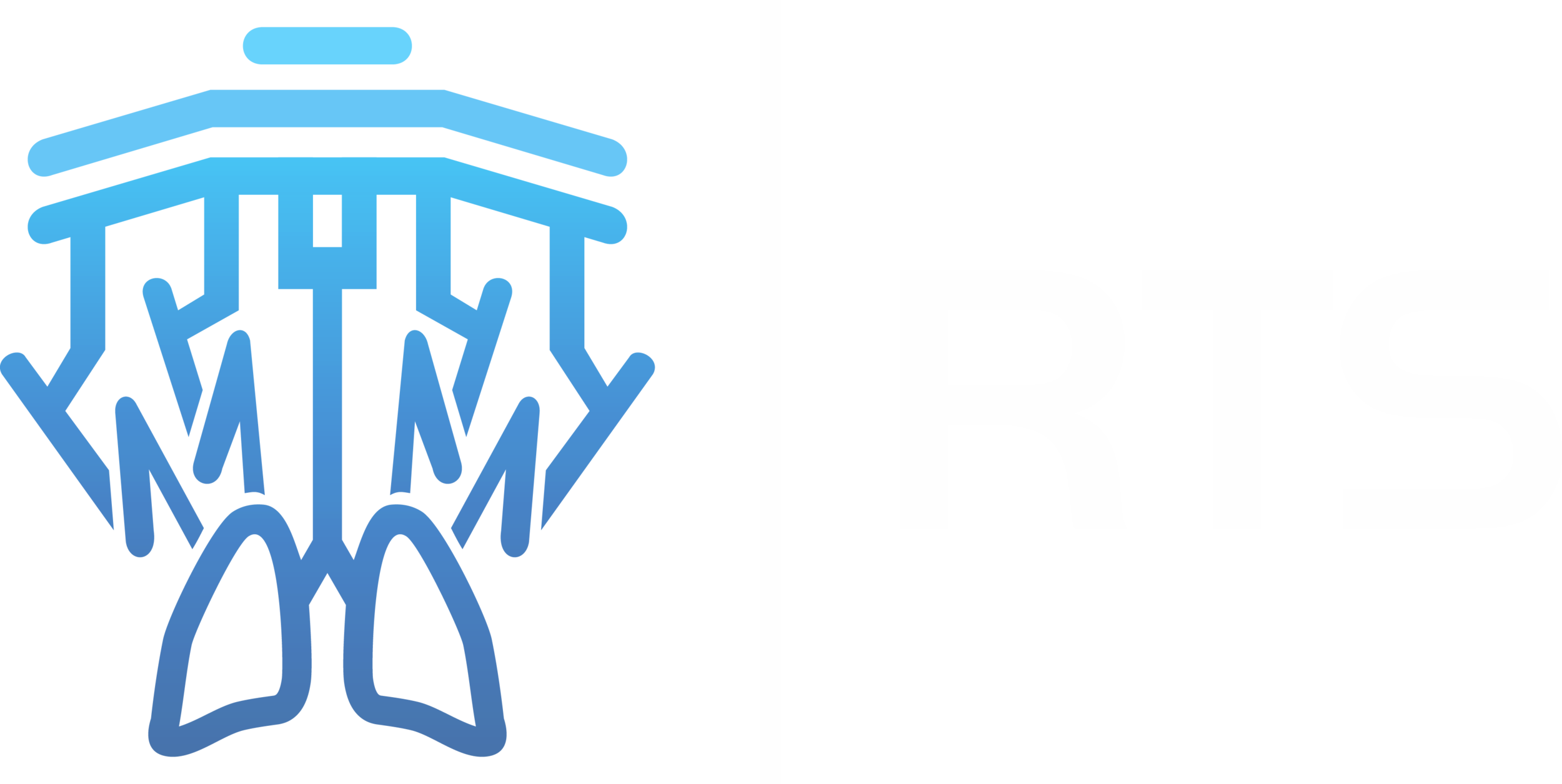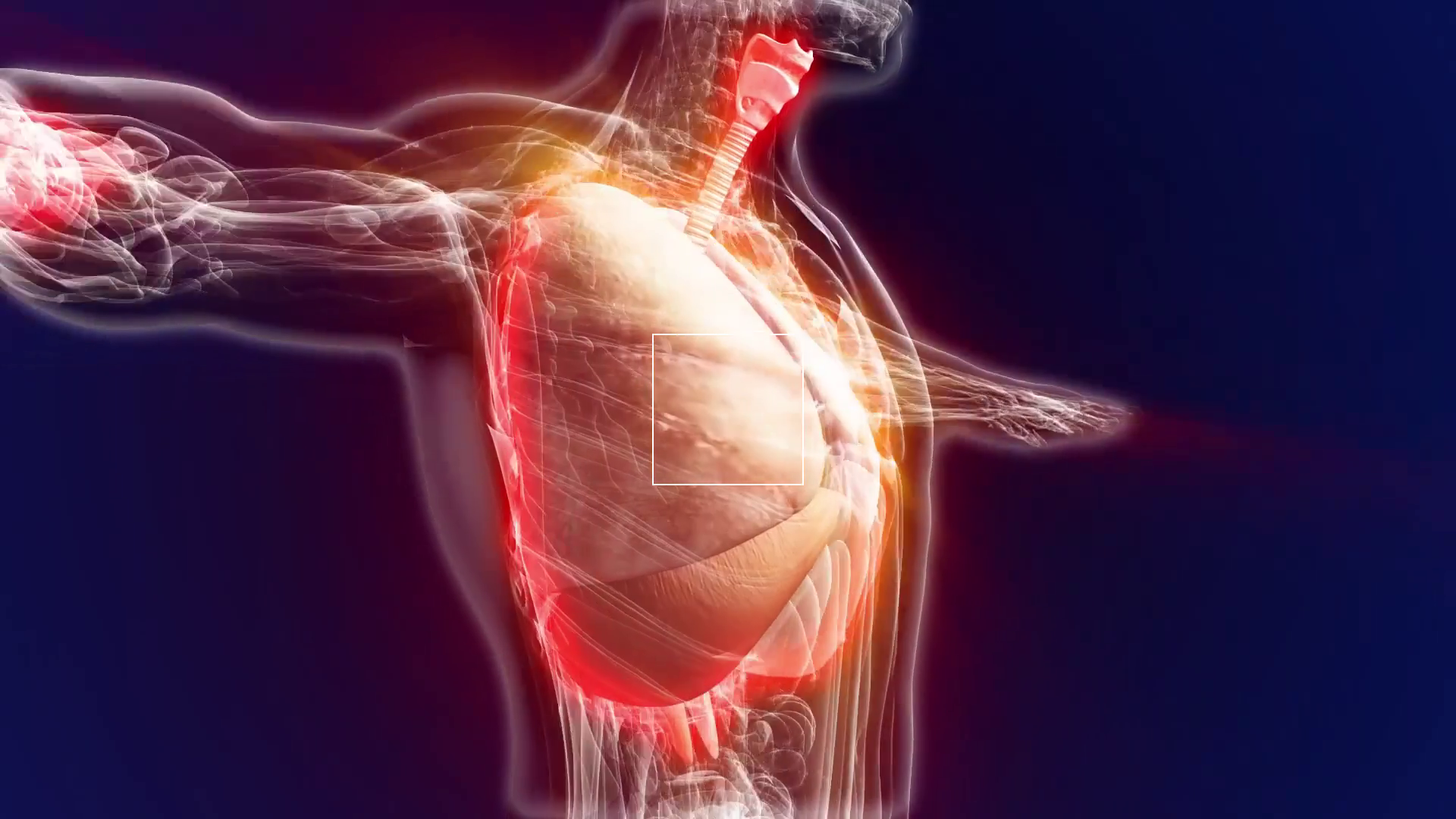“Robotic assisted surgery is appropriate for the treatment of many types of lung cancer and, in the hands of a skilled surgeon, can be MORE effective than traditional surgical approaches.”
FAQs on Robotic Thoracic Surgery
1. What is Robotic Thoracic Surgery (RTS)?
Robotic Thoracic Surgery is minimally invasive lung & chest surgery utilizing the daVinci robotic system (Intuitive Surgical, Inc). DaVinci does not function autonomously, but rather translates the exact motions of the surgeon's hands to miniature tools on the end of slim instruments inserted through puncture incisions in-between the patient's ribs. Consequently, the surgeon is able to perform complex operations entirely within the patient's chest cavity that previously required a large incision and spreading of ribs. DaVinci offers the surgeon advantages over earlier types of minimally invasive techniques, such as VATS (video-assisted thoracic surgery), including greater precision, increased range of motion, improved dexterity, and enhanced visualization.
2. What are the benefits of Robotic Thoracic Surgery?
Since Robotic Thoracic Surgery is essentially a closed procedure performed through port incisions without rib spreading, the patient is afforded many of the following benefits: Less tissue trauma, less pain, shorter hospital stay, faster return to normal activity, lower blood loss, and decreased scarring. (Please note that none of these benefits are guaranteed, as the benefits and suitablity of RTS are both patient and procedure specific.)
3. Is Robotic Surgery covered by Insurance?
Da Vinci Surgery is categorized as robotic-assisted minimally invasive surgery, so any insurance that covers minimally invasive surgery generally covers it. This is true for widely held insurance plans like Medicare.
4. What are the applications of Robotic Thoracic Surgery?
Robotic surgery is utilized in all aspects of Lung Cancer surgery, anterior mediastinal tumors (including thymectomy) posterior mediastinal tumors, diaphragm surgery, esophageal surgery, and paraesophageal hernia repair. Specific applications are patient dependent and should be determined in consultation with the surgeon.
5. Are there any specific limitations with Robotic Thoracic Surgery?
Robotic Surgery has limited application with extremely large tumors, tumors close to the heart & great vessels, and procedures requiring sensitive tactile feedback.
6. How can I see the robot in action?
Please go to the video Meet DaVinci Xi to see an overview. Specific surgical procedures are included in the Gallery of Surgical Videos .










